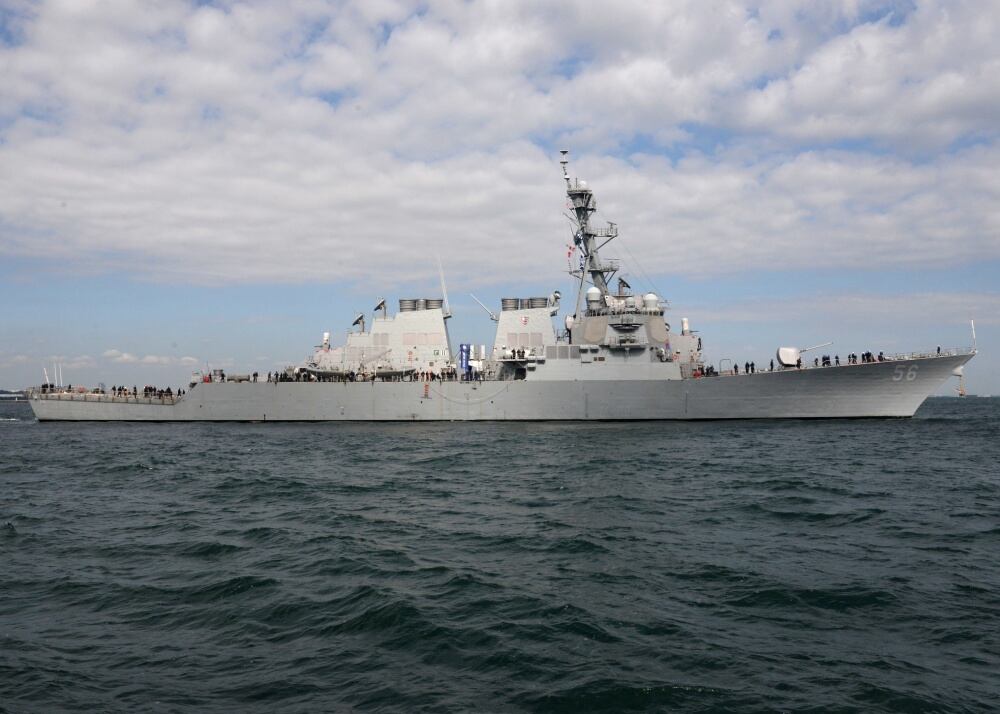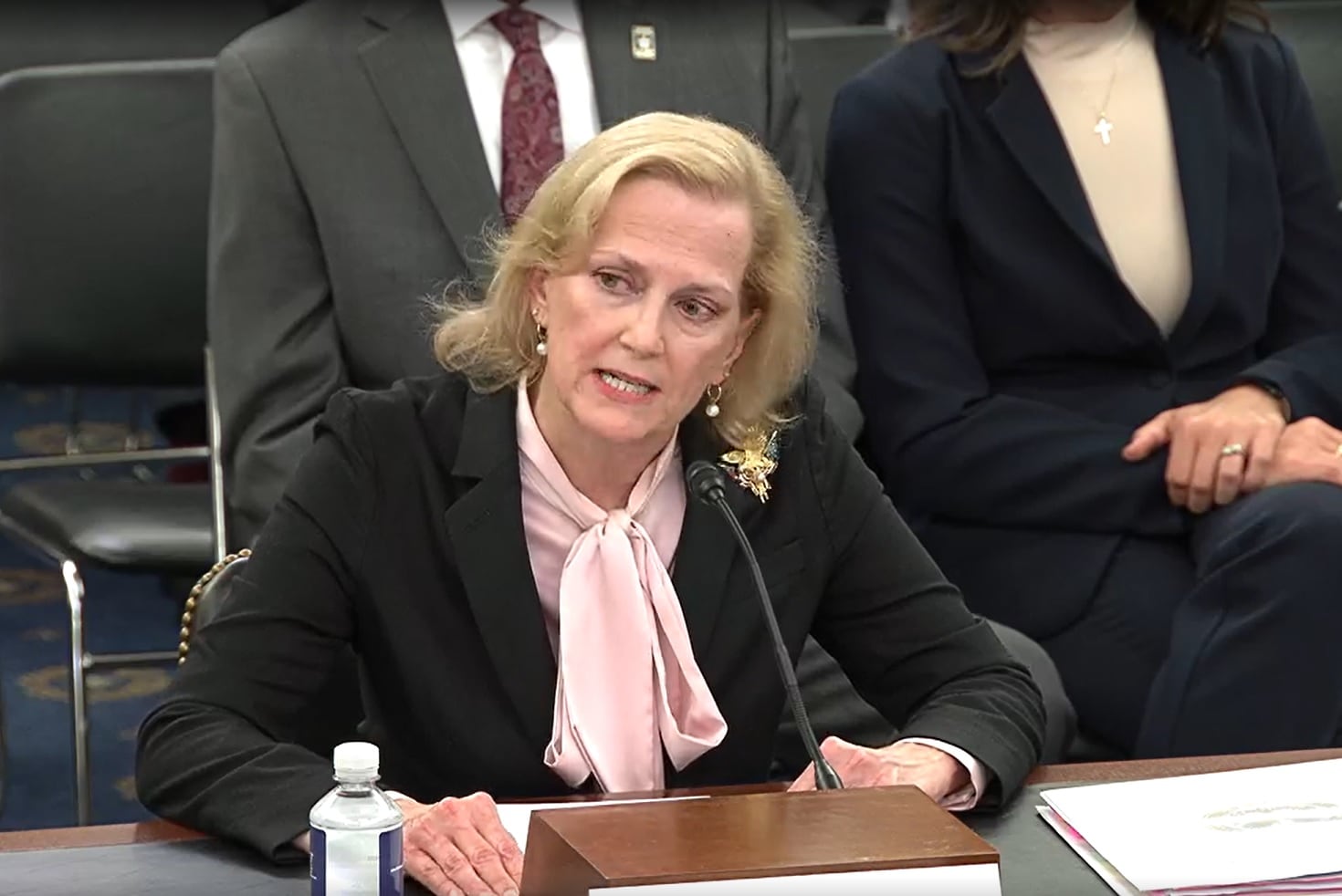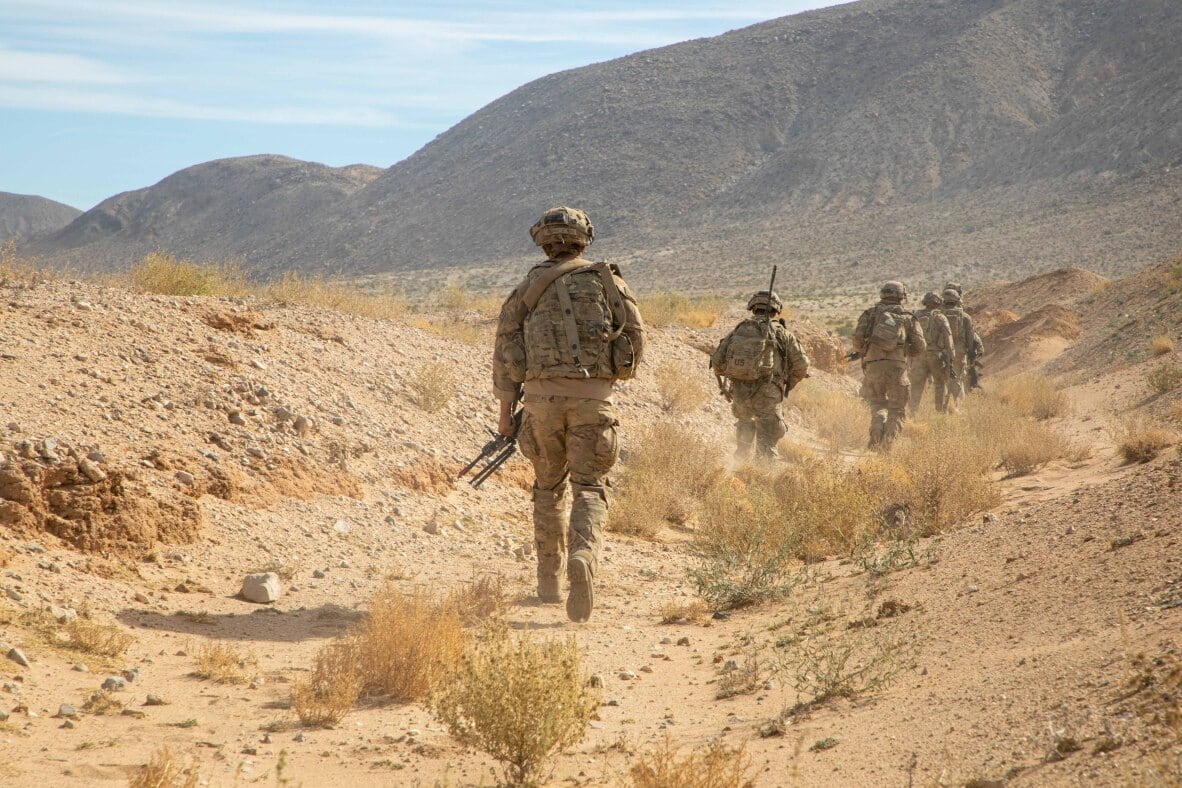The findings of the comprehensive reviews of the 2017 collisions of the guided-missile destroyers Fitzgerald and McCain have prompted the Navy to devote greater attention to the fundamentals of warfighting as it examines how it is manning ships and training and equipping sailors, Navy leaders say.
When asked about the impact of the comprehensive reviews, Vice Adm. Kelly Aeschbach, commander of Naval Information Forces, said the focus on warfighting training and readiness starts with Recruit Training Command at Naval Station Great Lakes, Illinois.
“We’re really working on our warfighting ethos and that, when you are supporting an integrated platform, there are some basic fundamentals that we’ve got to make sure our sailors and officers are capable of,” Aeschbach said Tuesday during a panel discussion about integrated manning, training and equipping at the virtual WEST 2021 conference. “So if you end up in crisis, our sailors and officers can be part of the solution, whether that’s fighting a fire or some other kind of damage control.”
The Navy has examined fatigue and resilience and the impact that has on operational shore commands, Aeschbach said, and the service has reevaluated “whether we’ve got optimal watch strategies, rotations for our personnel and enough support to make sure that they’ve got the tools available to them.”
The reports on the collisions, which resulted in the deaths of 17 sailors, found that the incidents were preventable and attributed them to training shortfalls, sleep deprivation and navigation failures, among other things.
In a comprehensive review of 7th Fleet leadership and surface ship commanders, Fleet Forces Command discovered that training and proficiency declined due to pressure to keep up with operational requirements
“The risks that were taken in the Western Pacific accumulated over time and did so insidiously,” according to a report released in 2017. “The dynamic environment normalized to the point where individuals and groups of individuals could no longer recognize that the processes in place to identify, communicate and assess readiness were no longer working at the ship and headquarters level.”
RELATED
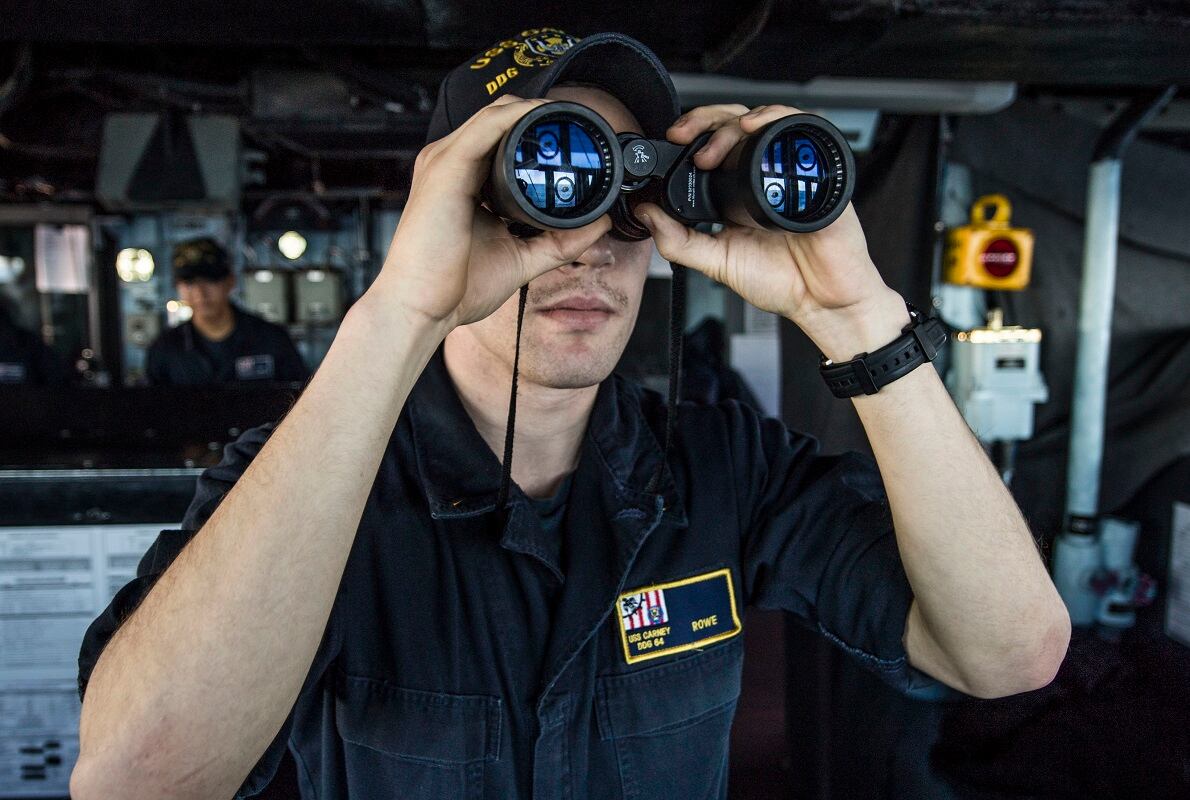
Reviews like these also led the submarine force to do some reflection, according to Rear Adm. Jeffrey Jablon, commander of Submarine Force, U.S. Pacific Fleet.
“We did not look at the comprehensive review as a surface warfare problem,” Jablon said during the panel discussion. “It caused us to do our own review of the submarine force, looking at all areas —man, train and equip.”
Although some problems were identified, Jablon said the submarine force “reinvigorated” a force improvement program to allow submarines at sea to report training issues into a database that can be shared with the entire submarine fleet.
“So we reinvigorated that to help improvement — continuous improvement — within the submarine force,” Jablon said.
Jablon echoed Aeschbach’s sentiments that warfighting has become more important, and such a shift is already “reaping dividends” amid great power competition.
“We focused the force on warfighting,” Jablon said. “So we inculcated warfighting as part of our culture in everything we do with respect to man, train and equip, vice a peacetime mission that we were more focused on before the comprehensive review.”
RELATED
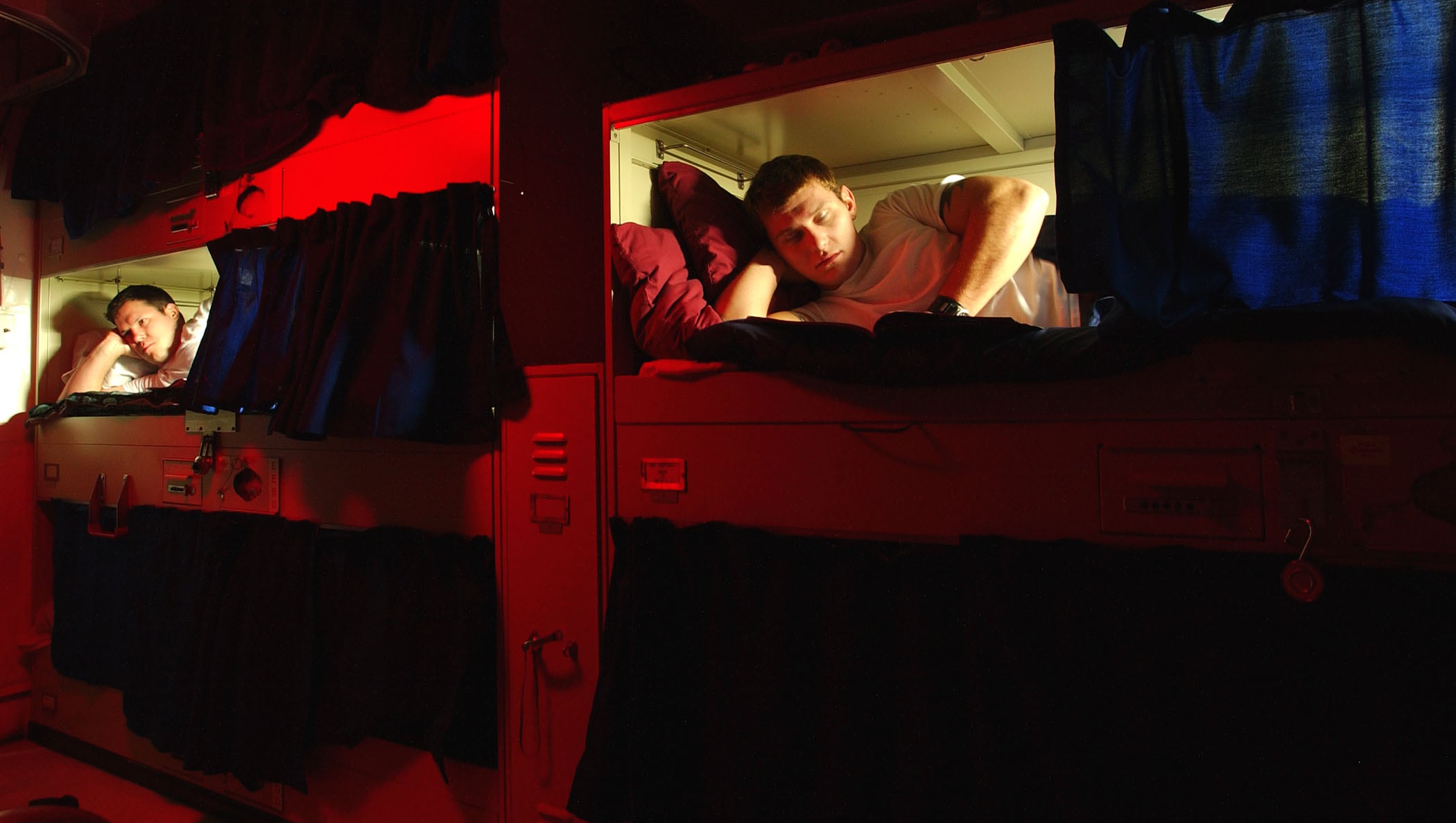
The Navy has executed several changes since the 2017 disasters, including issuing multiple instructions to ensure sailors receive adequate sleep. Most recently, the Navy unveiled its Comprehensive Endurance, Fatigue Management Program instruction in December. It directs SURFLANT and SURFPAC ships to use watch rotations that align with the body’s natural circadian rhythms and to have a supporting schedule to protect periods of sleep for watchstanders. The guidance updated previous instructions issued in 2017.
Meanwhile, a Government Accountability Office report released in May determined that even though the Navy, starting in 2017, put into action a fatigue management policy, it has not been consistently implemented.
“The surface fleet has inconsistently implemented the Navy’s fatigue management policy and sailors are not receiving adequate sleep,” the report said.
“Sailor fatigue poses a considerable risk to the safe and effective operation of Navy ships,” the report said.
The report, which was conducted over the course of two years and surveyed surface warfare officers, revealed that 84 percent of these sailors believe fatigue often or sometimes impacts ship operations.
Ultimately, the GAO report claimed the Navy cannot effectively gauge fatigue in the absence of systemic and timely sleep data. Failing to nail down data and the causes of fatigue means the Navy will continue “the risks of operating with fatigued crews,” the report stated.
